Update from 21.10.2018 – 19:30
In addition, the forum user Vipeax (not only in our forum) has linked a patched version of Nvidias nvflash64.exe for download, with which cards from different manufacturers (subsystem ID) are also flashed with each other with BIOSen of other manufacturers and cards Can. Nvidia had accidentally forgotten the necessary command-line parameter –overridesub. The now creatively patched program can solve this problem again.
So if you would like to flash the 380-watt BIOS of the Galax RTX 2080 Ti on your RTX 2080 FE, because you want to put the whole thing under water anyway, then this goes without complaint with the patched version. Only both cards have the same hardware ID (PCI Device ID), so the overridesub parameter is loose.

The problem with the MSI RTX 2070 Armor and the Gaming Z from the same house unfortunately (for the time being) does not solve this flash, as the notitence of the user on our screenhot from this article makes clear. So if you think you can climb a class higher with it now, you still have a problem: it's not possible.
Original article from 17.10.2018 – 20.21
There was a lot of noise going through the binary leaf forest as far as Nvidia's A-chips were concerned. We also reported a binning on the part of the manufacturer and the intention to later have a strict separation between the more expensive OC cards with higher factory overclocking and the entry-level models, in which the overclocking margin is already severely limited ex works. should be. But how do you actually recognize such an "A-chip" and are there perhaps even three different variants?
I noticed recently that the 380-watt BIOS of the KFA2 RTX 2080 Ti OC could not be flashed on a Founders edition, although both cards have a reference board and both GPUs looked very similar at first glance. Both had the revision A1 and it separated only a single calendar week. Actually, I had already hidden this again, until I just noticed something again, because I actually wanted to flash two GeForce RTX 2070 from the same manufacturer against each other.
Specifically, it was the already briefly tested MSI GeForce RTX 2070 Armor and the MSI GeForce RTX 2070 Gaming Z. The Armor did not make a bad impression, especially since it should have tons of reserves in terms of cooling and electrical technology. So what was more obvious to just do it as before and flash across? After all, the rather cool and very quiet Armor kept running into the power limit and more than 112% could not be added by tool.
If, on the other hand, you look at the much fatter BIOS of the MSI GeForce RTX 2070 Gaming Z, you can already guess where the journey could go with the OC. A whopping 250 watts as a maximum instead of 200 watts, which you can't reach anyway? Well, i'm happy! Let's compare both BIOSes and their limits:
So I extracted both BIOSes and set them aside. When comparing the two GPU-Z screenshots, however, I was already angry when I looked at the device ID:
And right, despite removing the read protection and using all the necessary parameters, the BIOS of Gaming Z cannot be flashed on the Armor with the best will:
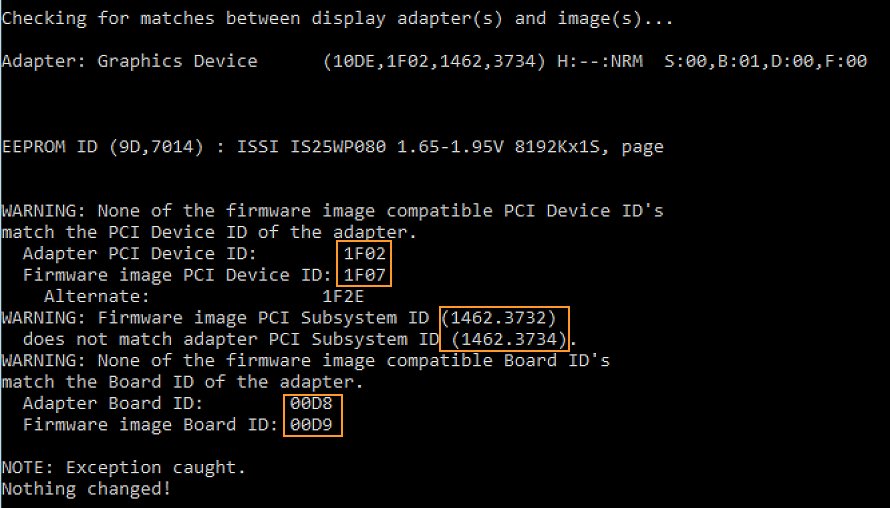
Thus, at Nvidia you really work internally, as has long been suspected, with at least two IDs for each chip class to distinguish the "better" from the "worse" chips and also strictly pulls this separation through the software!
The question of what NVflash then means by "Alternate" would also have to be clarified. So if you think that you could beat a snipate with the purchase of a cheap model Nvidia and polish the card yourself to the pixel breaker by hand, you will probably have to stroke the sails from now on disappointed. RTX Off and so…
A very likely answer as to why this is so gives us Nvidia's driver. For example, you can find in the INF files exactly the two IDs on which the Flash program has just failed, so that it is obviously really two separately treated GPUs, which can not be distinguished from the outside:

Interestingly, the two "entry-level cards" already presented here had the same ID "1F02" and also with the OC models of different manufacturers the ID with "1F07" has so far been identical. A BIOS exchange would then be quite possible, but only in breeding within the same price range and that is then quite pointless.
Well, even in the past, not everything could be flashed cross-beet per se, but with two electrically almost identical cards of the same manufacturer?

So if I haven't really been too stupid, then the popular sport of the domestic upbringing of the entry-level products is over for the time being. Despite DOS mode, driver uninstall, matching parameters, remove read protection… Nothing. In the past, it usually worked without problems with the manufacturers' cards.
Too bad, but obviously not to change. So always look nice for the ID. In the end, i.e. only the manual soldering or Reprogramming the EPROMs. Laziness wins, unfortunately, profit maximization too. 🙁













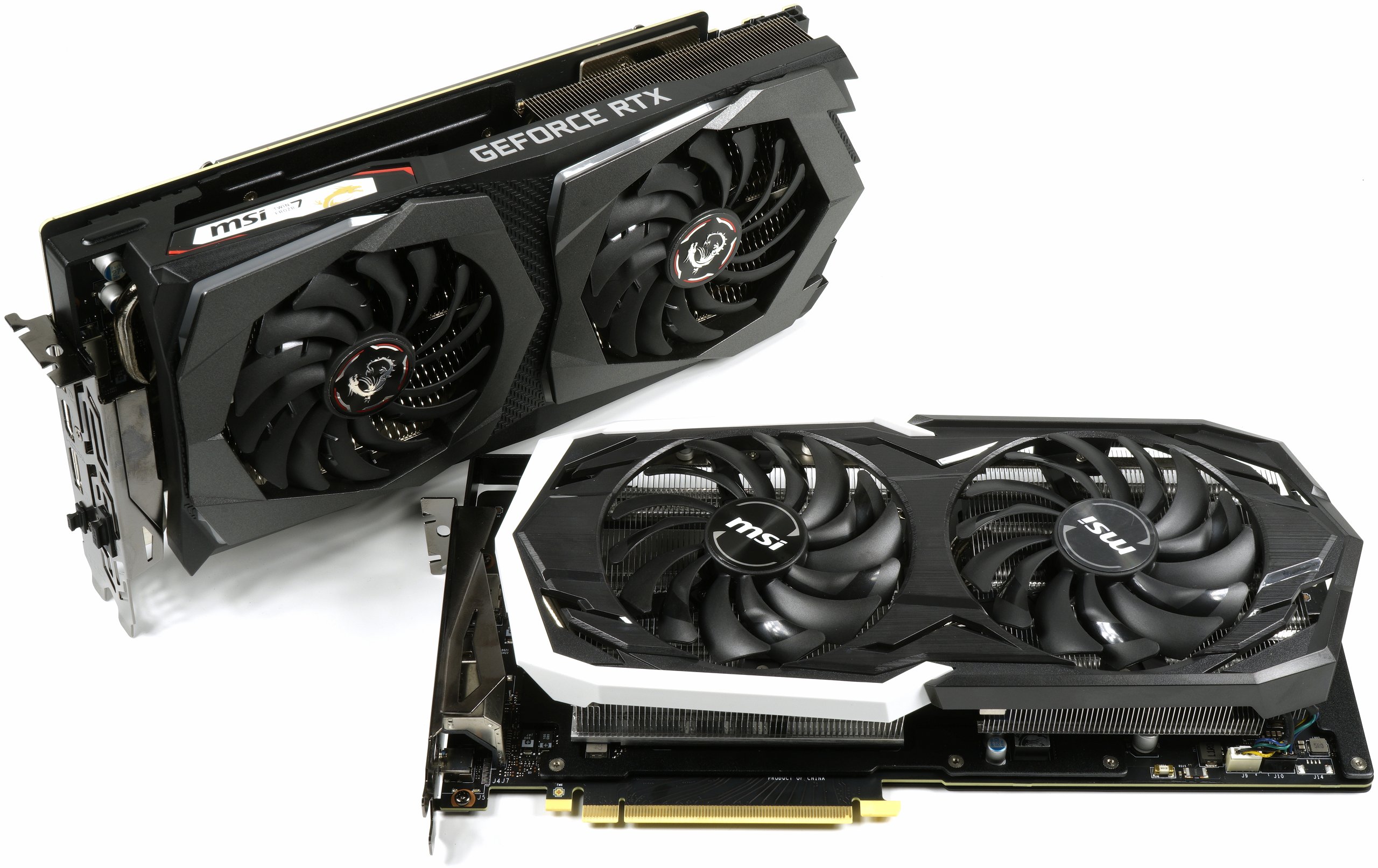


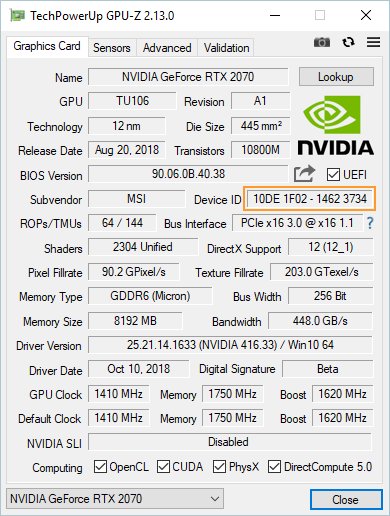
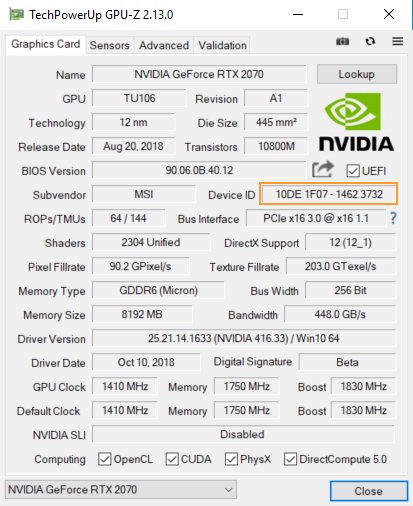



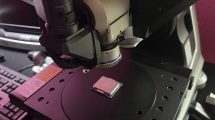















Kommentieren